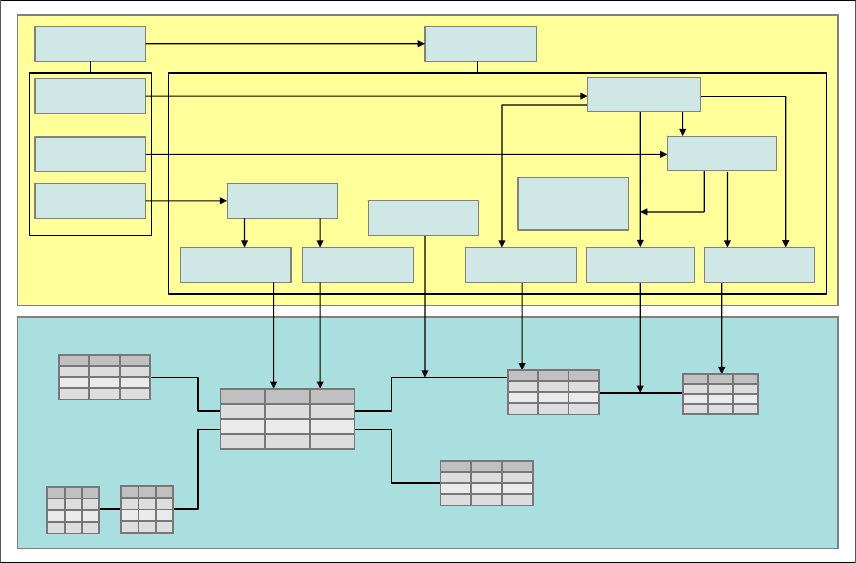112 Solving Operational Business Intelligence with InfoSphere Warehouse Advanced Edition
multidimensional expressions (MDXs) as the query language. However, the data
is not copied or persisted in another storage mechanism, but remains in the DB2
relational database.
Cubing Services thus is what we refer to as a “multidimensional OLAP hot
cache.” That is, InfoSphere Warehouse Cubing Services loads data into a
multidimensional structure in memory.
That partial MOLAP structure can then deliver fast response times for the data
that is in memory cache. If a user of a query tool requests data that is not in the
cache, the Cubing Services engine generates queries to the relational database
to retrieve the data and builds a partial in-memory cube-like structure for only
that data. Although the first request for that data sees a longer response time
while the in-memory structures are being built, subsequent requests for that data
are satisfied from the in-memory structures and experience MOLAP-style
response times while that data is maintained in memory.
Using Cubing Services as the OLAP engine results in a MOLAP-style response
in a large percentage of queries without the need to copy the data into another
storage mechanism. To improve the relational access, there is an optimization
wizard that recommends the appropriate MQTs that can be implemented to
improve the response of aggregated data when it is needed from the relational
database.
4.4.1 Cube model dimensional concepts
Before creating any cube models, it is important o understand the components
that make up such a model, and to understand their association to the fact and
dimensional tables that make up the dimensional model based on a star schema.
Cube models have four main core ingredients, which themselves have a number
of additional elements. These four ingredients are listed here.
Fact: derived from the fact table within the dimensional model, and which
contain:
– Measures: derived from the columns or calculated.
Dimension: derived from the dimension table within the dimensional model,
and which contain:
– Hierarchies: aggregates of data.
– Levels: the granularity of the data with uniquely identifiable attributes.
– Attributes: identifiable entities.
Joins: derived from the relationship between tables:
– Joins between fact and dimension tables, in a star schema.


